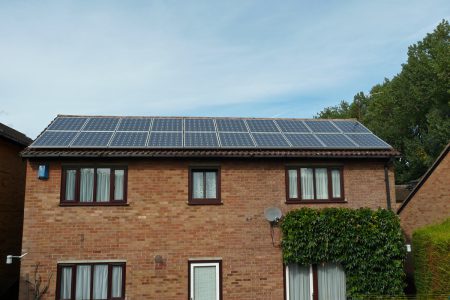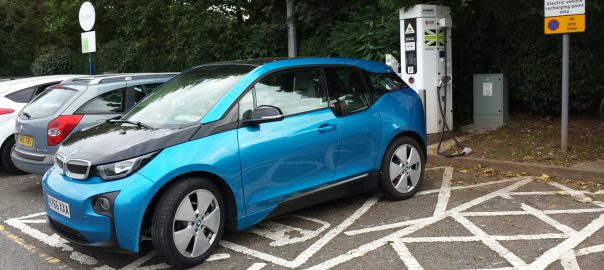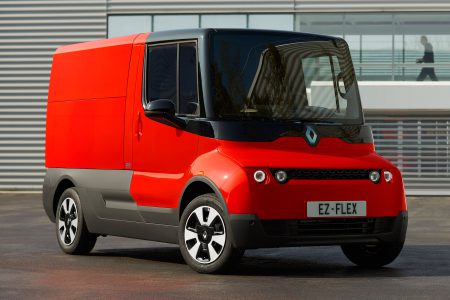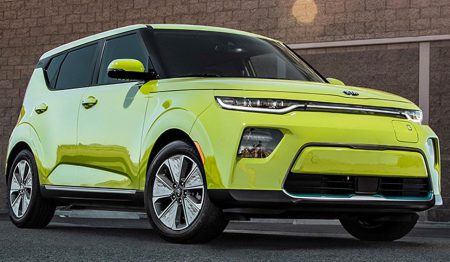Octopus Energy Group and National Grid ESO have used electric vehicles (EVs) to help balance the grid in what they are dubbing a first for vehicle-to-grid (V2G) technology.
The ESO directly sent a series of signals to Octopus between 17:00-05:00 over 3-5 August 2022, which then charged and discharged 20 EVs depending on the needs of the Balance Mechanism, helping to balance the system in real-time.

“This is a real ‘line in the sand’ moment for V2G tech. We have shown that this technology is capable of helping to balance our future, green grid, to the benefit of people and the planet,” said Claire Miller, director of technology and innovation at Octopus Electric Vehicles.
“We’ve proved what is possible with the technology and cars that are currently on the market, and this is only going to grow. Soon we will have millions of electric cars sitting on driveways capable of storing and exporting green energy back to the grid when it needs it most – and once the vehicle-to-grid proposition is ready to be launched, these cars will help to support our renewables expansion and taking us a huge step closer to net zero.”
Read more: Current+
It’s Time to Go Green!
If you would like to know more about Solar Panels and the PowerBanx range of home battery systems, and get a free instant quote, please complete our online form:


















